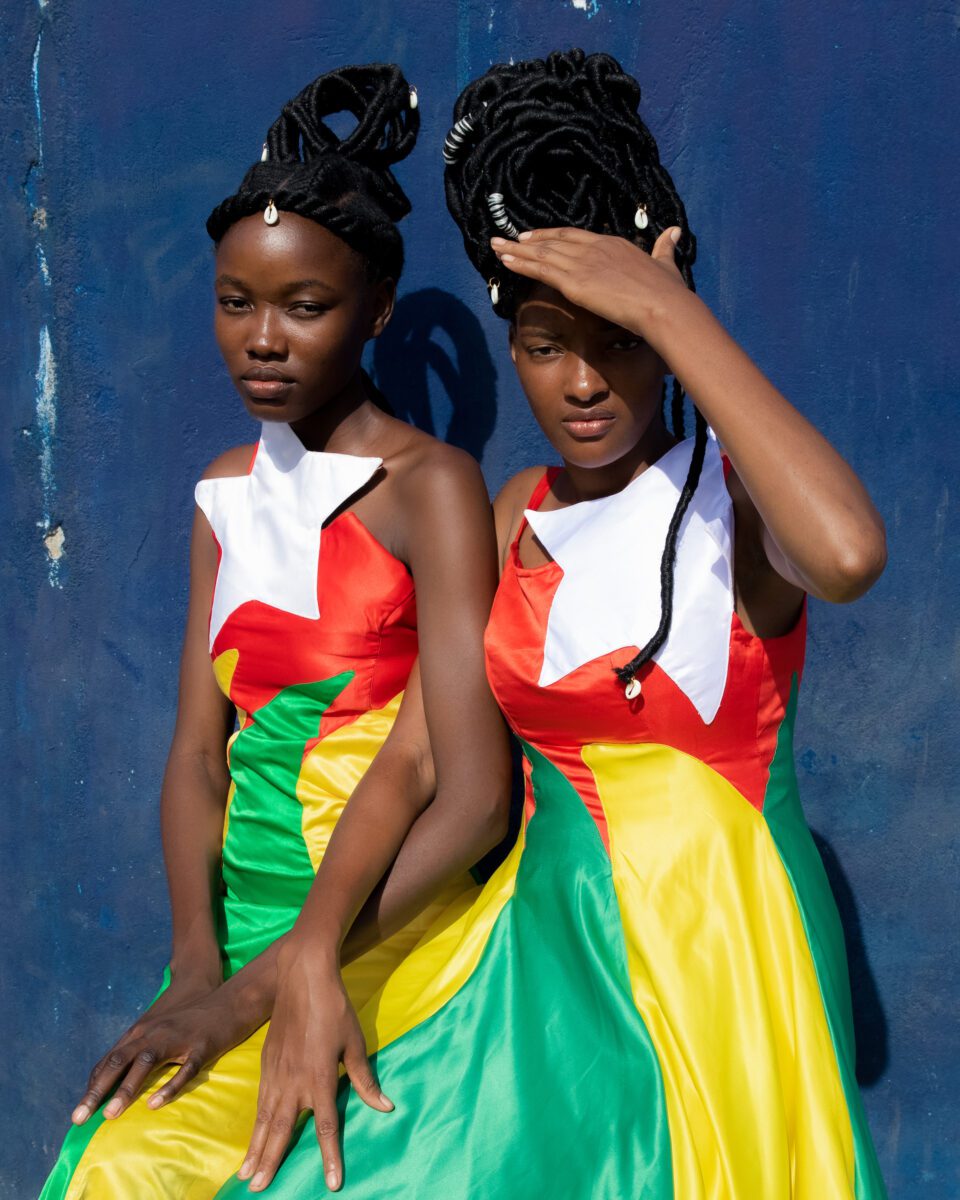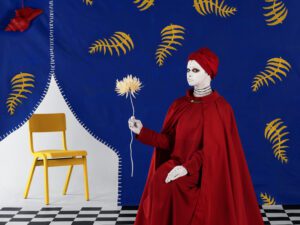“Looking at how many images are uploaded online every day, how many are consumed in our phones, devices where our eyes linger on an image no longer than 0.05 seconds before resuming the scrolling, I asked myself: what would Susan Sontag say today?” Alessia Glaviano is Head of Global PhotoVogue and Director of PhotoVogue Festival, a “conscious” fashion photography event that takes place annually in Milan. This year’s edition is titled The Contradiction of Overexposure, reflecting on the ethics and impact of our exposure to images in the digital age. How do photographs make viewers feel? Should pictures have an agenda? Do they tell the truth? Perhaps most importantly, how do we safeguard those in the frame?
These questions are central to the work of writer and theorist Susan Sontag (1933-2004). In the seminal text On Photography (1977), she acknowledges the medium’s ability to deceive, exploit and manipulate. Sontag writes: “To photograph people is to violate them, by seeing them as they never see themselves, by having knowledge of them that they can never have.” In 2022, as smartphones and social media have made image dissemination almost instantaneous, conversions around the ethics of documentary are more complex than ever. As such, PhotoVogue aims to highlight the dual nature of today’s visual landscape. Glaviano reflects: “The “normalising” effect that this repeated exposure produces in relation to the content of the images can be of two opposite natures. On one hand it could be dangerous and cruel when it regards the images of suffering, on the other hand it could be used in pushing for a more diverse, just visual world.”

This year’s exhibitions include Regarding the Pain of Others, which takes its title from another essay by Sontag, published in 2003. “Photographs of an atrocity may give rise to opposing responses,” she writes. “A call for peace. A cry for revenge. Or simply the bemused awareness, continually restocked by photographic information, that terrible things happen.” PhotoVogue presents a different way for audiences to digest visual documentation of recent devastating events: the pictures will not be displayed, but presented instead through written descriptions. The festival describes this approach as “a challenge to be active responsible viewers rather than distracted passive voyeurs, questioning our responsibility as consumers.” The concept is expanded upon in the opening talk from Chilean-born artist Alfredo Jaar (b. 1956), who is best known for powerful installations that critique the public’s desensitisation to depictions of suffering.
A number of other exhibitions are taking place, including Redefining the Vogue Cover and The Next Great Fashion Image Makers. These shows are designed to highlight photography’s positive impact, foregrounding its ability to make real step changes in terms of representation, talent development and storytelling. The Next Great Fashion Image Makers features work by Delali Ayivi, whose bright composition is shown above. Ayivi is the co-founder of Togo YEYE, working with young Togolese designers to amplify their creative visions. “These photographs are exciting, boundary-pushing, beautiful, and a reminder of how much creativity there is around the world, and how much more is always waiting to be discovered,” notes Anna Wintour, Chief Content Officer and Global Editorial Director of Condé Nast.

Another notable display comes from Ethiopian artist Aïda Muluneh (b. 1974, featured above). Titled The Crimson Echo, the project focuses the impact of Neglected Tropical Diseases (NTDs) on individuals and communities. Alongside six other African photographers – from Sudan, Mali, Uganda, Nigeria, Ethiopia and Somaliland – Muluneh reframes how we tell stories about people affected by NTDs across Africa. The resulting images fuse elements of Afrofuturism, Surrealism and symbolism in order to explore the wide-reaching influence of NTDs on gender equity, mental health, mobility and access to resources. At the top of the page is one example, created by Somali-born multimedia artist Mustafa Saeed. The rewriting of narratives from non-Eurocentric perspectives is a crucial step on the path to achieving a more socially-conscious visual culture. As such, these artists show us where image-making is headed next.
17-20 November 2022 | photovoguefestival.vogue.it
Words: Eleanor Sutherland
Image Credits:
1. © Mustafa Saeed.
2. © Delali Ayivi.
3. © Aïda Muluneh, The Blind Gaze, 2021.





